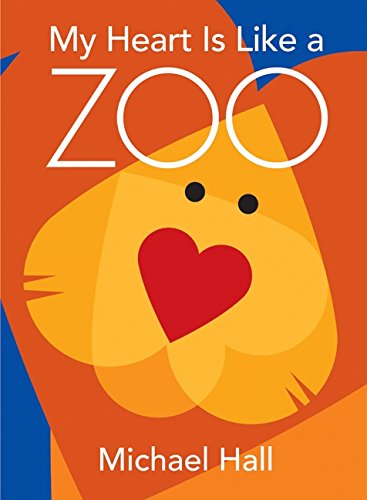My Heart is Like a Zoo by Michael Hall is a simple book that can be used in many different ways. The adorable and creative illustrations are made out of hearts, which can make it a fun read for Valentine's Day. But the story can also lend itself as a book to talk about different animals, or different ways that we feel or see ourselves.
Read-Aloud Tips: We read this book two times together as a class. The first time, we focused on the hearts in each illustration. Sometimes we counted them, sometimes we just talked about what shapes or parts of the animal they formed. The second time we read it, we focused more on the story itself and the feelings involved. For example, we discussed feeling vocabulary words like what it means to be "eager as a beaver." Or we made connections to feelings, like thinking about times we've felt "angry as a bear." It's a great book for sparking discussions about feelings.
Extension Activity: I fell in love with this book back in my Kindergarten teaching days, and I've always wanted to use it as inspiration for some animal art. This year was finally the year that I made it happen! I just cut out a bunch of hearts in different shapes and sizes, and let the kids use the book as a guide for ideas. It was fun to see what they created!
I encouraged the kids to label their picture with the name of the animal they created, and I was pleased to observe some great sound spelling. I then used their animals to create a zoo art display.

















































